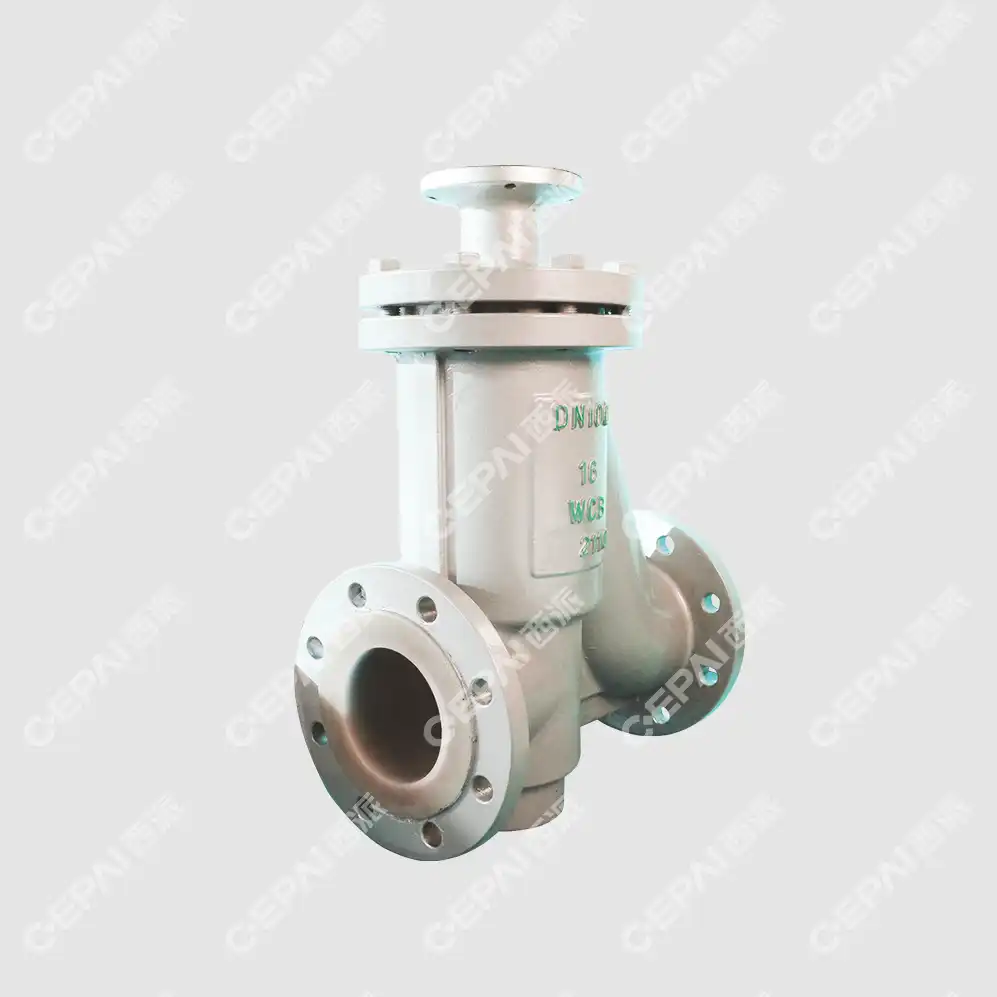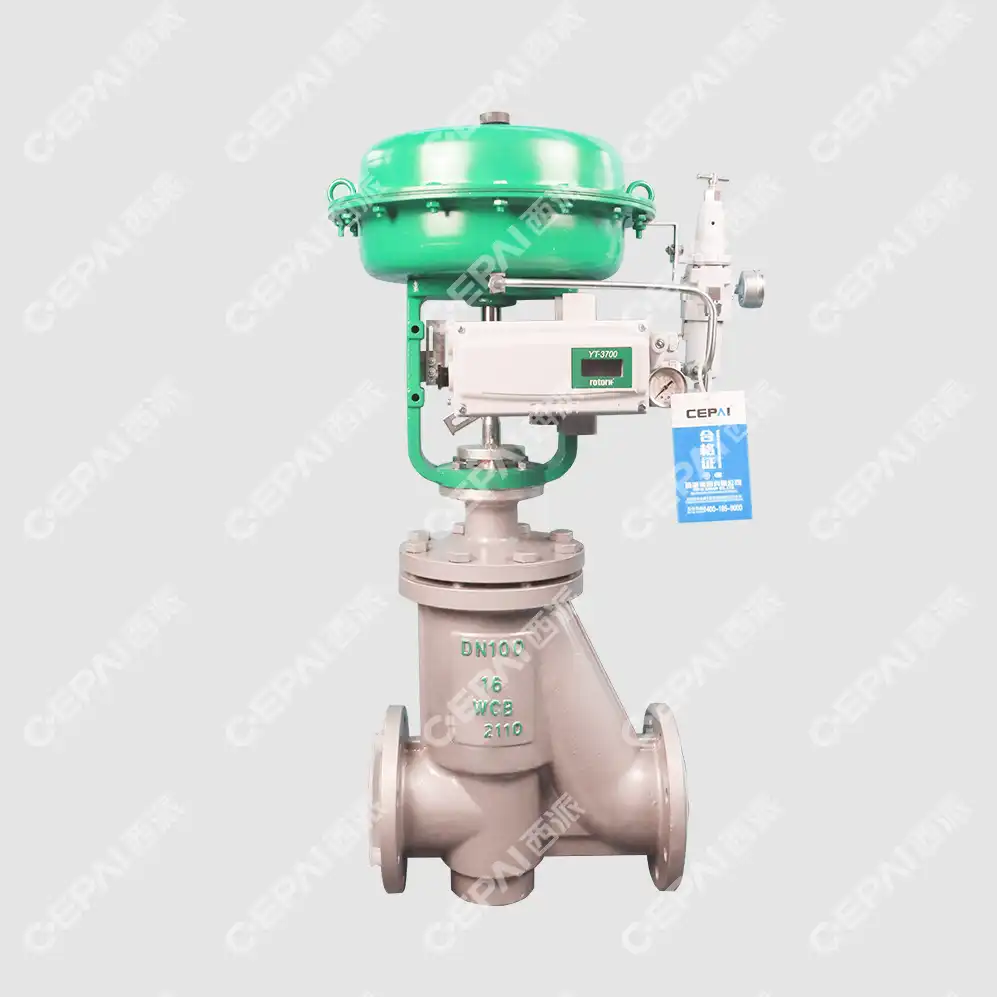Discover the 5 Main Types of Pneumatic Control Valves Explained
In the complex world of industrial automation and fluid control systems, understanding the different types of pneumatic control valves is crucial for engineers, procurement specialists, and facility managers. A pneumatic control valve represents one of the most reliable and efficient methods for controlling fluid flow, pressure, and temperature in various industrial applications. These sophisticated devices utilize compressed air as their actuating force, offering precise control capabilities that are essential in petrochemical, power generation, water treatment, and manufacturing industries. This comprehensive guide will explore the five main categories of pneumatic control valves, their unique characteristics, applications, and selection criteria to help you make informed decisions for your specific operational requirements.
Globe Valves: The Precision Control Champions
Globe valves stand as the most widely recognized type of pneumatic control valve in industrial applications, and for good reason. The pneumatic control valve design of globe valves features a linear motion stem that moves a plug or disc perpendicular to the seat, creating excellent throttling characteristics and precise flow control capabilities. The inherent design of globe valves allows for superior regulation accuracy, making them ideal for applications requiring fine-tuned flow adjustments. The construction of pneumatic globe control valves typically includes a pneumatic actuator mounted on top of the valve body, which converts compressed air pressure into linear motion. This motion is transmitted through the valve stem to position the valve plug relative to the seat, thereby controlling the flow area and subsequently the flow rate. The pneumatic control valve mechanism provides excellent repeatability and positioning accuracy, often achieving control accuracies within ±0.25% of the set point. Globe valves excel in applications where pressure drop across the valve is not a primary concern, as their tortuous flow path naturally creates higher pressure losses compared to other valve types. However, this characteristic also contributes to their excellent control capabilities, as the pressure drop provides the driving force for precise flow modulation. Industries such as chemical processing, oil refining, and power generation frequently specify pneumatic globe control valves for critical control loops where accuracy and reliability are paramount. The rangeability of these valves, typically 50:1 or higher, makes them suitable for applications with varying flow requirements throughout the operational cycle.

Ball Valves: Rapid Response and Tight Shutoff
Pneumatic ball control valves represent a significant advancement in rotary valve technology, offering exceptional shutoff capabilities combined with relatively good control characteristics. The pneumatic control valve design incorporates a spherical closure element with a bore through its center, which rotates to align or misalign with the pipeline to control flow. When equipped with characterized balls or specialized trim designs, these valves can provide surprisingly good control performance while maintaining their inherent advantages of low pressure drop and excellent shutoff. The pneumatic actuation system for ball valves typically employs a quarter-turn actuator that provides 90 degrees of rotation to move the valve from fully closed to fully open position. This pneumatic control valve configuration offers rapid response times, often completing full stroke operation in seconds rather than the longer cycle times associated with linear actuators. The tight shutoff capability of ball valves, often achieving Class VI leakage rates, makes them particularly valuable in applications where zero leakage is critical for safety, environmental, or economic reasons. Modern pneumatic ball control valves often incorporate advanced features such as characterized balls, segmented balls, or V-port designs to enhance their control capabilities. These modifications allow the pneumatic control valve to provide more linear flow characteristics and improved rangeability, typically achieving 30:1 or better turndown ratios. Applications in gas processing, pipeline systems, and emergency shutdown services frequently specify pneumatic ball control valves due to their reliability, fast operation, and excellent sealing performance. The robust construction and simplified maintenance requirements of these valves also contribute to their popularity in harsh operating environments where durability is essential.
Butterfly Valves: Economic Efficiency Meets Control Performance
Butterfly valves equipped with pneumatic actuators offer an excellent balance of control performance, economic efficiency, and space-saving design. The pneumatic control valve structure features a disc that rotates around a central axis perpendicular to the flow direction, providing variable flow area as the disc position changes. This simple yet effective design makes butterfly valves one of the most cost-effective solutions for large diameter applications where traditional globe or ball valves would be prohibitively expensive. The pneumatic actuation of butterfly valves typically requires relatively low torque compared to other rotary valve types, allowing for the use of smaller, more economical actuators. The pneumatic control valve system can achieve full stroke operation with minimal air consumption, making it particularly attractive for installations where compressed air capacity is limited. The inherent flow characteristics of butterfly valves provide reasonably good control performance, especially when equipped with characterized discs or advanced trim designs that optimize the flow coefficient curves. Pneumatic butterfly control valves find extensive application in water treatment plants, HVAC systems, chemical processing, and general industrial services where large flow rates must be controlled economically. The pneumatic control valve design allows for installation in tight spaces due to the short face-to-face dimensions and lightweight construction. Modern butterfly valves can achieve control accuracies suitable for most industrial applications while offering significant cost savings compared to other valve types. The availability of various seat materials and disc coatings enables these valves to handle a wide range of process fluids, from clean water to mildly corrosive chemicals, making them versatile solutions for diverse industrial applications.
Diaphragm Valves: Contamination-Free Control Solutions
Diaphragm valves represent a specialized category of pneumatic control valves designed specifically for applications requiring absolute contamination prevention and easy cleaning capabilities. The pneumatic control valve design features a flexible diaphragm that separates the process fluid from the actuating mechanism, ensuring that no external contamination can enter the process stream. This unique construction makes diaphragm valves indispensable in pharmaceutical, food and beverage, biotechnology, and ultra-pure chemical applications. The pneumatic actuation of diaphragm valves typically employs a direct-acting actuator that compresses the diaphragm against a weir or seat to control flow. The pneumatic control valve mechanism provides smooth, stepless control without any sliding seals or packing that could introduce contamination or require regular maintenance. The diaphragm material selection is critical for successful operation, with options including various elastomers, PTFE, and specialized compounds designed for specific chemical compatibility and temperature requirements. Pneumatic diaphragm control valves offer excellent corrosion resistance since the valve body can be lined with chemically inert materials such as PTFE, PFA, or specialized plastics. The pneumatic control valve system provides gentle operation that minimizes shear forces on sensitive fluids, making these valves ideal for handling suspended solids, slurries, and shear-sensitive products. The self-draining design of many diaphragm valves facilitates complete cleaning and sterilization, essential requirements in sanitary applications. While the control accuracy may not match that of globe valves, pneumatic diaphragm control valves provide adequate performance for most process control applications while offering unmatched contamination prevention and cleaning capabilities.

Pinch Valves: Robust Solutions for Challenging Applications
Pinch valves, also known as squeeze valves, represent the most robust type of pneumatic control valve for handling abrasive, viscous, or solid-containing fluids. The pneumatic control valve design features a flexible sleeve or tube that is pinched closed by external pneumatic pressure, providing a completely unobstructed flow path when fully open. This unique operating principle makes pinch valves ideal for applications involving slurries, powders, granular materials, and other challenging process fluids that would quickly damage conventional valve trim. The pneumatic actuation system for pinch valves applies external pressure to compress the flexible sleeve against the process fluid, creating the closing force necessary for flow control. The pneumatic control valve mechanism eliminates all internal components that could be damaged by abrasive particles or clogged by viscous materials. The smooth, unrestricted bore of the pinch valve when fully open provides minimum pressure drop and prevents material buildup that could affect flow characteristics or create cleaning challenges. Pneumatic pinch control valves excel in mining operations, wastewater treatment, chemical processing, and food processing applications where conventional valves would experience rapid wear or frequent clogging. The pneumatic control valve design allows for easy maintenance since the sleeve is the only wearing component and can typically be replaced without removing the valve from the pipeline. The inherent flexibility of the sleeve material provides good sealing performance even when handling fluids containing large particles or fibrous materials. While the control characteristics of pinch valves may be more limited than other valve types, their unmatched durability and resistance to plugging make them indispensable for specific challenging applications where reliability is more important than precise control accuracy.
Conclusion
Understanding the five main types of pneumatic control valves enables informed decision-making for industrial fluid control applications. Each valve type offers distinct advantages: globe valves for precision control, ball valves for rapid response, butterfly valves for economic efficiency, diaphragm valves for contamination prevention, and pinch valves for robust handling of challenging fluids. The selection of the appropriate pneumatic control valve depends on specific application requirements including accuracy needs, fluid characteristics, pressure conditions, and economic considerations. Proper valve selection ensures optimal system performance, reliability, and cost-effectiveness throughout the operational lifecycle.
Ready to optimize your industrial control systems with the right pneumatic control valve solution? At CEPAI Group, we combine over a decade of specialized expertise with cutting-edge intelligent manufacturing capabilities to deliver precision-engineered valves that exceed industry standards. Our comprehensive range of pneumatic control valves, backed by rigorous ISO quality systems and extensive certifications including API, CE, and SIL ratings, ensures reliable performance in the most demanding applications. From initial technical consultation and customized solution design to installation support and ongoing maintenance services, our team of experts is committed to maximizing your operational efficiency and safety. Don't let suboptimal valve performance compromise your processes – contact our technical specialists today at cepai@cepai.com to discuss your specific requirements and discover how our advanced pneumatic control valve solutions can enhance your system performance while reducing total cost of ownership.
References
1. Smith, J.A., "Advanced Pneumatic Control Valve Technologies for Industrial Applications," Journal of Process Control Engineering, Vol. 45, No. 3, 2023, pp. 78-92.
2. Thompson, R.K. and Williams, M.D., "Comparative Analysis of Pneumatic Actuator Performance in Control Valve Applications," International Review of Mechanical Engineering, Vol. 17, No. 8, 2024, pp. 234-248.
3. Chen, L.H., "Flow Characteristics and Control Performance of Modern Pneumatic Valve Systems," Fluid Control Technology Quarterly, Vol. 28, No. 2, 2023, pp. 145-162.
4. Rodriguez, C.A., "Design Optimization and Selection Criteria for Industrial Pneumatic Control Valves," Process Engineering and Control Systems, Vol. 12, No. 4, 2024, pp. 67-81.
5. Anderson, P.J. and Kumar, S., "Reliability and Maintenance Strategies for Pneumatic Control Valve Systems," Industrial Automation and Control Review, Vol. 31, No. 1, 2024, pp. 23-37.
6. Mitchell, D.R., "Economic Analysis and Life Cycle Cost Evaluation of Pneumatic Control Valve Technologies," Engineering Economics and Industrial Management, Vol. 19, No. 6, 2023, pp. 112-128.
_1745994738000.webp)
Get professional pre-sales technical consultation and valve selection services, customized solution services.

About CEPAI


